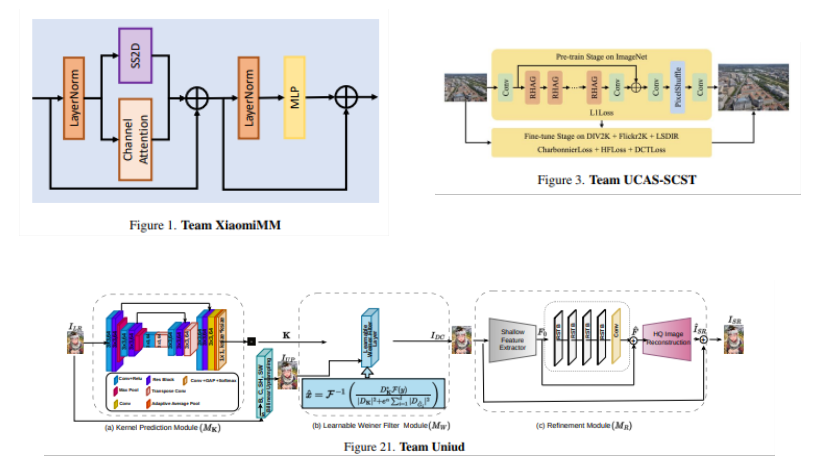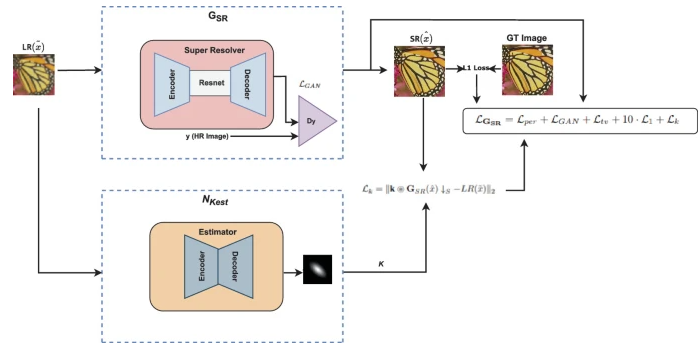Asif Hussain Khan
I obtained my PhD in Computer Science and Artificial Intelligence at the Machine Learning and Perception Lab, University of Udine, Italy under the supervision of Dr Niki Martinel.My research focused on low-level vision tasks, particularly image and video super-resolution. During my PhD, I developed an efficient implicit deep learning-based image super-resolution technique aimed at significantly reducing model parameters, FLOPs, and inference time while maintaining model performance.




